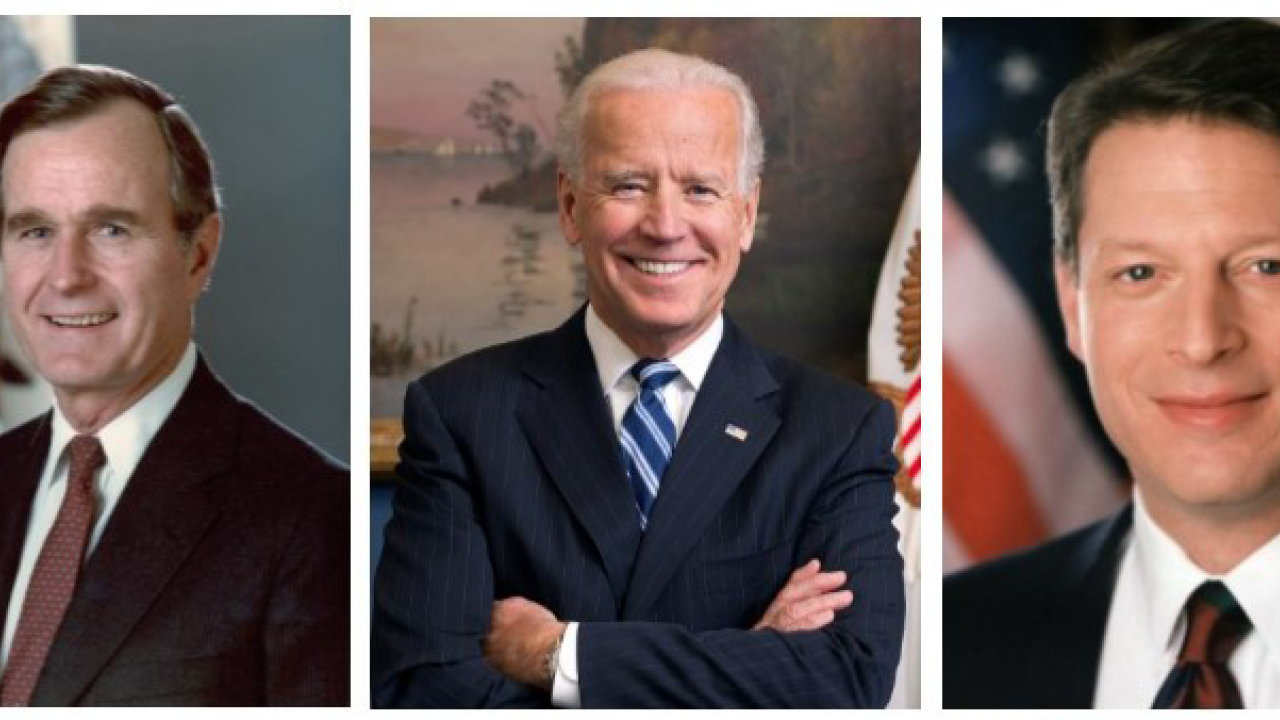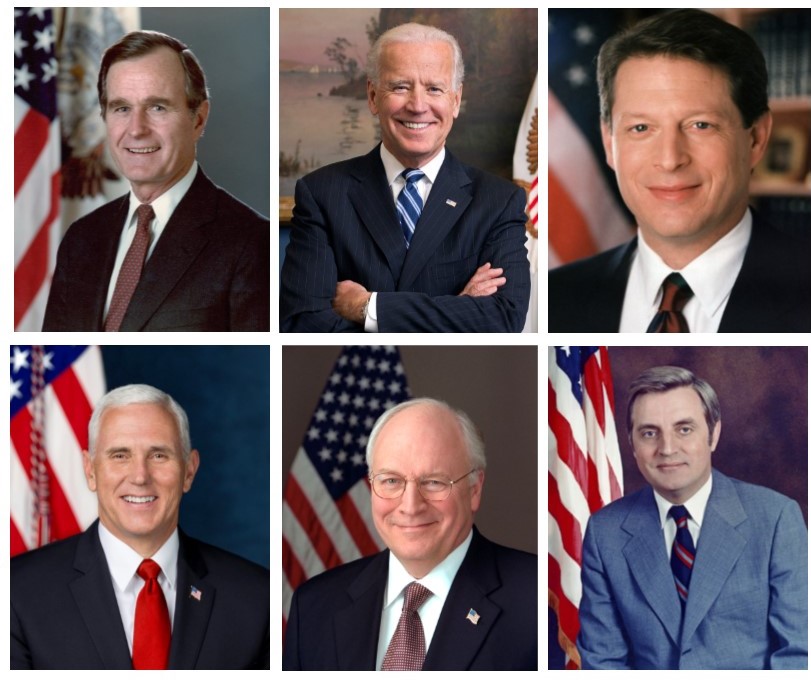
Choosing a Vice President
With Covid-19 dominating the news, it is almost easy to overlook the fact that this is an election year. While there is still much to be determined as far as how voters will safely cast ballots during a pandemic, it appears we do know who the presidential candidates will be: Donald Trump and Joe Biden. What is not yet clear is who the two running mates will be. In one of his debate remarks, Biden indicated that he will choose a woman to run as his vice president. If elected, this would be the first woman to serve as vice president. Political scientists argue that vice presidential candidates rarely swing elections, but that unlike in most of the nation’s first two centuries when vice presidents filled few official roles, vice presidents today play critical advisory roles that can greatly enhance the effectiveness of an administration. Our most recent Teach the Election issue "The Role of the Vice President" explores the role of vice presidents in our history and can provide important context in the selection process.

Biden recently convened a vice president selection committee to vet the possible running mates for this November’s election. Multiple sites have created lists of the women they feel are the most likely nominees. California Senator Kamala Harris, Massachusetts Senator Elizabeth Warren, and Minnesota Senator Amy Klobuchar all consistently rank high on these lists. If Biden becomes president, his advanced age of 78, as well as the current pandemic, mean that his vice presidential pick may be particularly important. There are several factors that Biden has to consider when choosing a running mate: is this person well qualified to help lead the nation, should the two of them be elected? What is her public service experience? Will this vice president pick complement his own experience (Biden was an attorney before becoming a U.S. Senator and then vice president to President Barack Obama). Perhaps someone with foreign-service experience, a military background, or local government experience (state governor or legislator, or mayor) would provide Biden with a new and valuable perspective. Will she be more progressive, or more conservative, in her politics than Biden, and therefore appeal in a different way to some voters? Finally, will she, beyond being a woman, add diversity to the Democratic ticket in a way that better mirrors the country’s population? Biden, like President Trump, is an older, white, heterosexual man.
Meanwhile, though it is likely that Vice President Mike Pence will be listed on the Republican ticket yet again, it is possible that Trump will choose a different running mate for his second election. As a former U.S. Congressman, Pence brought federal government experience to the 2016 ticket that Trump himself did not possess. Pence’s Indiana background meant that he could also help draw midwestern voters for a presidential candidate who hailed from New York. Fewer than ten times in U.S. history has a sitting president replaced his vice president for a second term bid. Some of these had to do with a death or a scandal, but some were calculations to broaden the ticket’s voting appeal. In 2020, President Trump may decide he needs to seek a running mate who is a woman and/or a person of color in order to balance Biden’s choice and to better represent the diversity of the U.S. population. With party conventions scheduled for late summer, voters should know who tops each ticket’s list by then, if not sooner.
The most recent Teach the Election issue "The Role of the Vice President" provides historical context for the office of the vice president and includes a classroom or home activity for examining the role played by vice presidents in the past.
